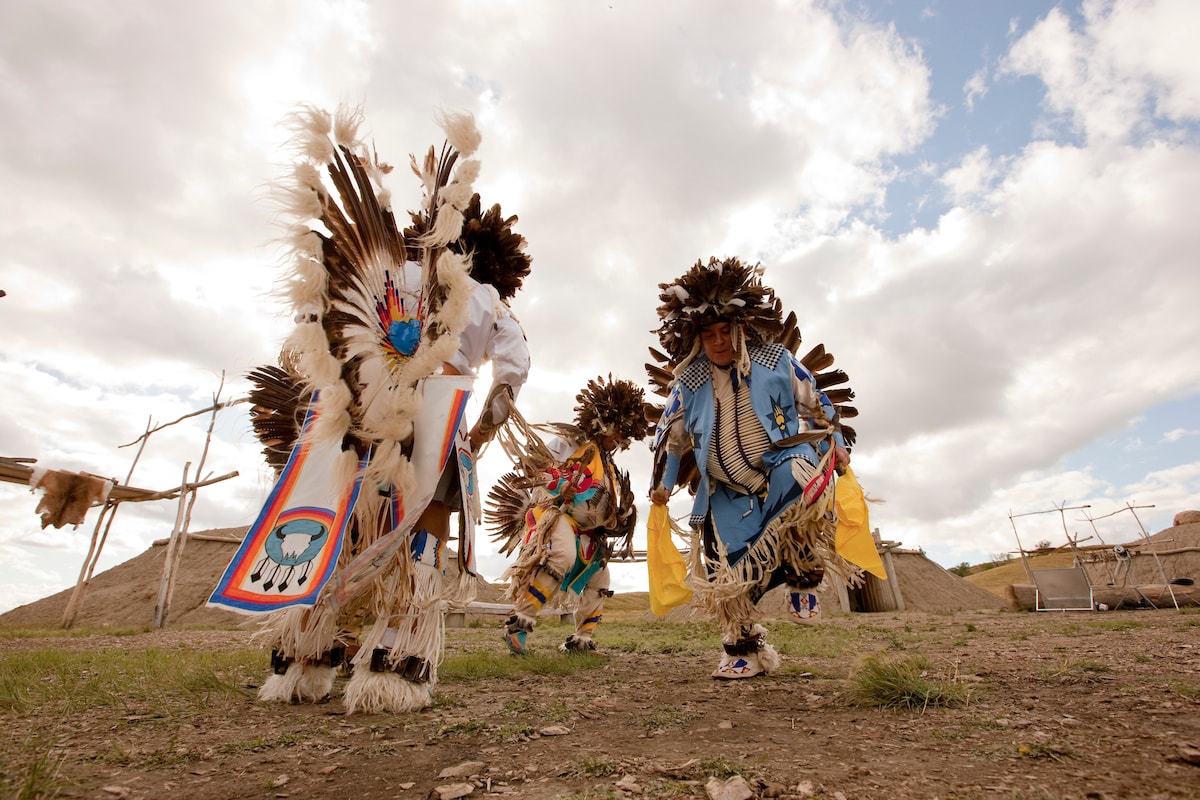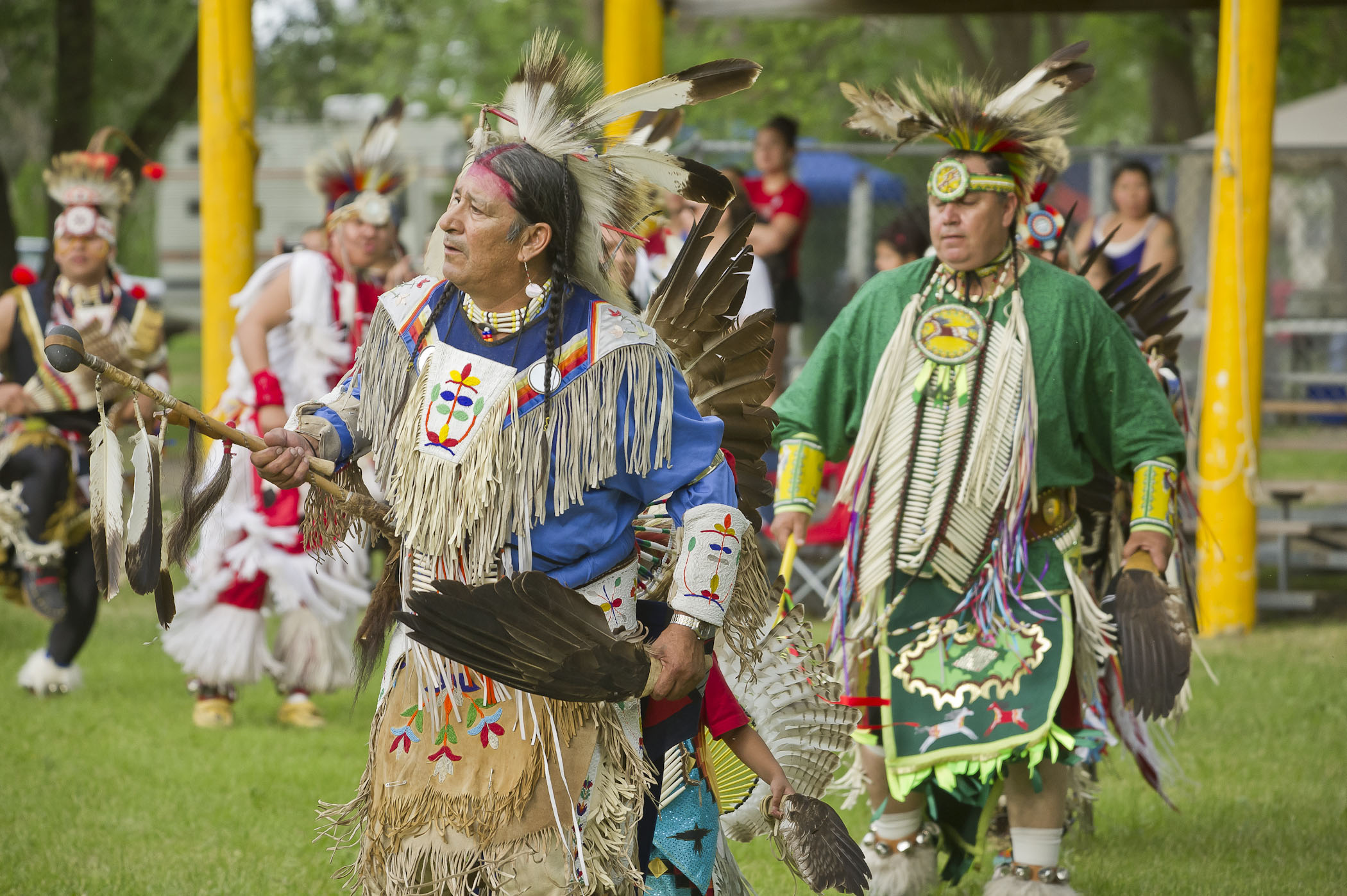
Beyond the Postcard: Native American Cultural Heritage Tourism as a Pathway to Understanding and Empowerment
In a world increasingly seeking authentic experiences that transcend mere sightseeing, Native American cultural heritage tourism offers a profound journey—one that delves into millennia of history, vibrant living traditions, and a resilient spirit. More than just an economic endeavor, this unique form of tourism serves as a critical conduit for cultural preservation, education, and self-determination for Indigenous communities across North America. It invites visitors not merely to observe, but to engage, learn, and contribute to a narrative far richer and more complex than often portrayed in mainstream history.
The landscape of Native American tourism is as diverse as the over 574 federally recognized tribes in the United States alone, each possessing distinct languages, customs, spiritual practices, and artistic expressions. From the ancient cliff dwellings of the Ancestral Puebloans in the Southwest to the bustling powwows of the Great Plains, and the intricate totem poles of the Pacific Northwest, these experiences offer a window into a living heritage. Yet, this form of tourism carries a weight of responsibility, demanding an approach rooted in respect, reciprocity, and an understanding of its deep significance to Indigenous peoples.
Reclaiming Narratives and Challenging Stereotypes
For centuries, Native American cultures have been subjected to misrepresentation, romanticized stereotypes, or outright erasure in popular media and historical accounts. Cultural heritage tourism provides a powerful platform for Indigenous communities to reclaim their narratives, presenting their histories and contemporary lives on their own terms. "We are not relics of the past," asserts Ben Nighthorse Campbell, former U.S. Senator and Northern Cheyenne chief, "we are living, evolving cultures with a vibrant future." This sentiment underpins the entire premise of Indigenous tourism: it is about engaging with living peoples, not merely artifacts.
Visitors to places like the Acoma Pueblo in New Mexico, often called Sky City, can witness traditions dating back over a thousand years, still practiced by its inhabitants. Guided tours, often led by tribal members, offer insights into the Pueblo’s architecture, pottery, and spiritual beliefs, providing a direct counterpoint to monolithic or outdated perceptions. Similarly, the National Museum of the American Indian (NMAI) in Washington D.C., part of the Smithsonian Institution, curates its exhibits in close consultation with Indigenous communities, offering perspectives and voices that have historically been marginalized in museum settings. These institutions become vital educational hubs, correcting historical inaccuracies and fostering a deeper understanding of Indigenous contributions to the continent’s history and ongoing development.

Economic Empowerment and Self-Determination
Beyond its educational and cultural imperatives, Native American cultural heritage tourism is a crucial engine for economic self-determination. For many tribal nations, it represents a pathway to generate revenue, create jobs, and fund essential services like healthcare, education, and infrastructure that are often underfunded by federal and state governments. The tourism sector, when managed by tribal enterprises, ensures that the economic benefits directly circulate within the community.
According to the American Indian Alaska Native Tourism Association (AIANTA), tribal tourism generates billions of dollars annually, supporting tens of thousands of jobs. This economic impact is transformative, offering opportunities for tribal members to remain on their ancestral lands, reducing the need to seek employment elsewhere. For artists and craftspeople, tourism provides a direct market for their authentic creations—jewelry, pottery, textiles, carvings—ensuring that traditional art forms continue to thrive and provide sustainable livelihoods. Buying directly from Native artists not only supports their families but also helps preserve the integrity of their craft, preventing the proliferation of inauthentic, mass-produced imitations.
Consider the Navajo Nation, the largest tribal land base in the United States, which actively promotes tourism through its tribal parks like Monument Valley Navajo Tribal Park. The revenue generated from park fees, guided tours led by Navajo guides, and sales of Navajo arts and crafts directly benefits the Navajo people, supporting their government and various programs. This is a clear example of how tourism, when managed by the community, can be a powerful tool for economic sovereignty. As Peterson Zah, the last Chairman and first President of the Navajo Nation, once articulated, "Economic development is a means to achieve sovereignty and self-sufficiency."
Cultural Preservation and Revitalization
Perhaps the most profound impact of cultural heritage tourism is its role in the preservation and revitalization of Indigenous cultures. When traditions are shared, they are kept alive. Language programs, traditional arts workshops, and ceremonial gatherings often find vital financial support through tourism revenue. Young tribal members, seeing the value and interest outsiders place on their heritage, are often inspired to learn and perpetuate their ancestral ways.
The annual Gathering of Nations Powwow in Albuquerque, New Mexico, for example, is the largest powwow in North America, drawing thousands of Native dancers, singers, and artisans from over 700 tribes and nations. While a spectacular event for visitors, its primary purpose is cultural affirmation and celebration for Indigenous peoples. The pride and joy evident in the participants, the intricate regalia, and the powerful drumbeats resonate deeply, fostering a sense of continuity and belonging. For many tribes, these events are not just performances; they are sacred gatherings that reinforce communal bonds and pass knowledge to the next generation.
Moreover, the act of guiding visitors through sacred sites, sharing oral histories, and demonstrating traditional skills can strengthen cultural identity within the community itself. It provides an impetus for elders to share their knowledge with younger generations, ensuring that languages, stories, and practices are not lost. This intergenerational transfer of knowledge is critical for cultures that have faced immense pressure to assimilate.
The Call for Responsible Engagement

However, the benefits of Native American cultural heritage tourism are not without complexities and responsibilities, particularly for the visitor. Ethical engagement is paramount. This means approaching these experiences with humility, respect, and an open mind.
- Do Your Homework: Research the specific tribe or nation you plan to visit. Understand their history, customs, and current issues. Recognize that Native Americans are not a monolithic group; each nation is unique.
- Respect Sacred Spaces and Practices: Many sites are sacred and should be treated with reverence. Always ask permission before taking photographs, especially of individuals or ceremonies. Some sites may prohibit photography altogether.
- Support Authentic Businesses: Purchase arts and crafts directly from tribal artists or tribally owned shops. Be wary of imitations or items sold by non-Native vendors that claim to be "Native-inspired."
- Listen and Learn: Engage with guides and community members with an attitude of listening. Ask respectful questions and be open to different worldviews. Avoid making assumptions or asking questions that might perpetuate stereotypes.
- Understand Historical Context: Be aware that many Indigenous communities have experienced profound historical trauma, including forced removal, cultural suppression, and economic exploitation. Your visit is an opportunity to learn about these histories and their ongoing impacts.
- Follow Guidelines: Adhere to all rules and regulations set forth by tribal governments or cultural centers. These are in place to protect their land, culture, and privacy.
As Sherry L. Rupert, CEO of AIANTA, often emphasizes, "When you visit a Native American community, you are not just visiting a place; you are visiting a sovereign nation with its own laws, customs, and traditions. Respect for those is key."
The Future of Indigenous Tourism
The future of Native American cultural heritage tourism is one of continued growth and evolving sophistication. As more tribes recognize its potential for empowerment and cultural preservation, new initiatives are constantly emerging—from eco-tourism ventures on tribal lands to sophisticated cultural centers and immersive educational programs. The emphasis remains on authenticity, sustainability, and ensuring that the benefits accrue directly to the communities.
This form of tourism offers a powerful antidote to a world increasingly disconnected and homogenized. It provides a rare opportunity to connect with ancient wisdom, resilient spirits, and a profound sense of place. By choosing to engage respectfully with Native American cultural heritage, visitors not only enrich their own lives but also become partners in the ongoing journey of Indigenous peoples to celebrate, preserve, and share their invaluable contributions to the global human story. It is an invitation to look beyond the postcard, to listen to voices that have endured for millennia, and to walk a path toward deeper understanding and shared humanity.

